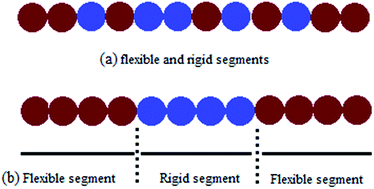Synthesis, characterization and gas separation properties of novel copolyimide membranes based on flexible etheric–aliphatic moieties
Abstract
The structural properties and gas permeation of a group of copolyimide membranes were investigated. The copolyimides used in this study were prepared using 3,3′,4,4′-benzophenonetetracarboxylic dianhydride (BTDA) and 4,4′-oxydianyline (ODA) as aromatic diaminens and 4,9-dioxa-1,12-dodecanediamine (DODD), 1,13-diamino-4,7,10-trioxatridecane (TODD) and 1,8-diamino-3,6-dioxaoctane (DOO) as aliphatic diamines. Polymers were synthesized using random and block copolymerization methods via thermal imidization in a two step procedure. Reflectance-Fourier transform infrared spectroscopy (ATR-FTIR), dynamic mechanical thermal analysis (DMTA), thermal gravimetric analysis (TGA) and X-ray diffraction analysis (XRD) have been performed to characterize the synthesized copolyimides. The copolyimide with BTDA–ODA diamines showed higher Tg compared to the other polymers due to its fully aromatic structure. Gas permeation results reveal that the type of aliphatic diamines and polymer morphology can greatly affect the permeability of membranes for pure CO2, CH4, O2 and N2 gases. The gas permeability and selectivity of random copolyimides were higher than those of block copolyimides. The effects of temperature and feed pressure were also investigated. The permeability of all gases decreases slightly with increasing pressure. The results revealed that an increase in the temperature of the polymer matrix is able to increase the diffusivity and permeability of the membrane.


 Please wait while we load your content...
Please wait while we load your content...